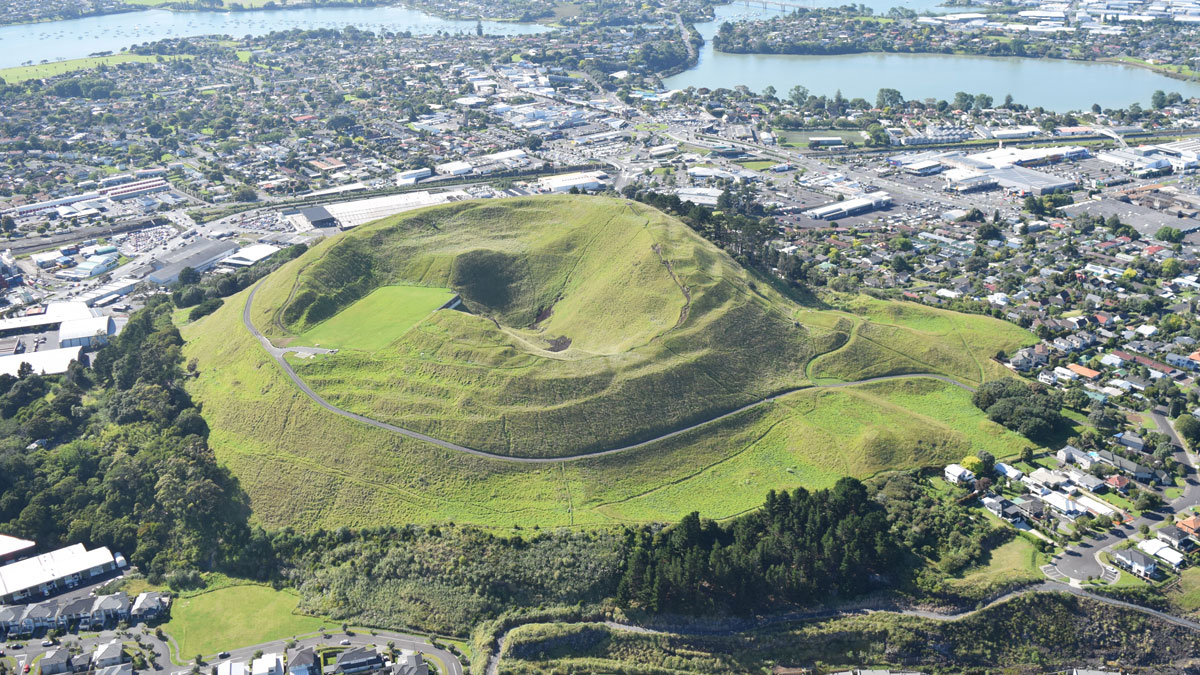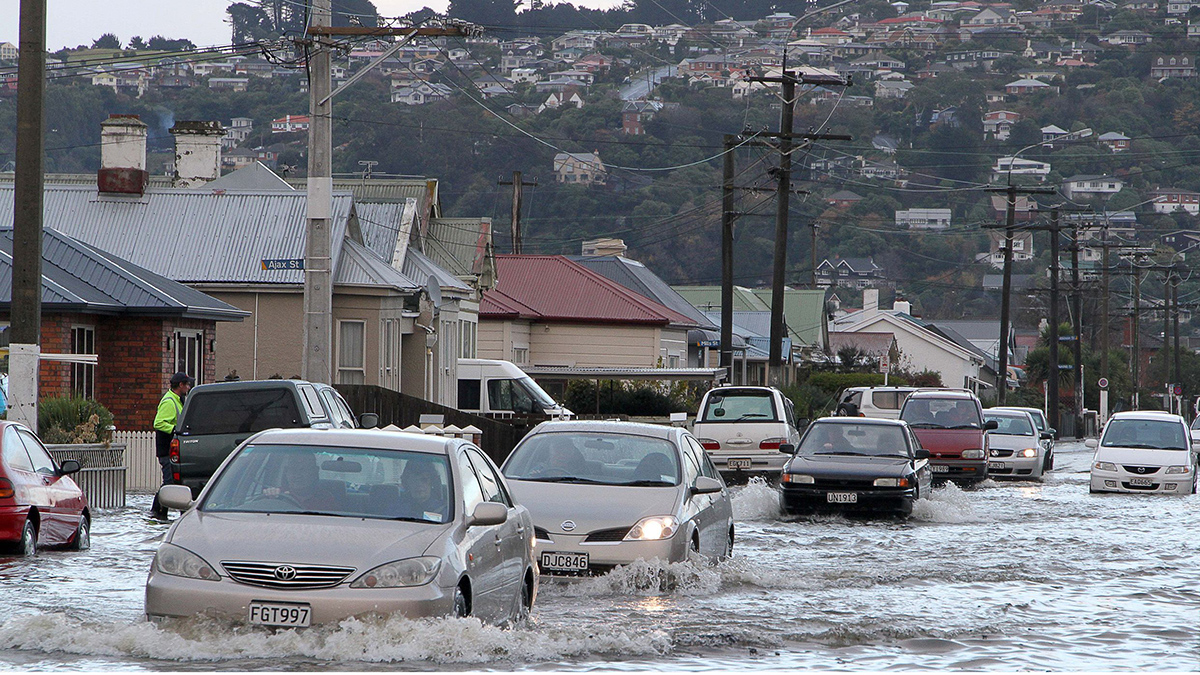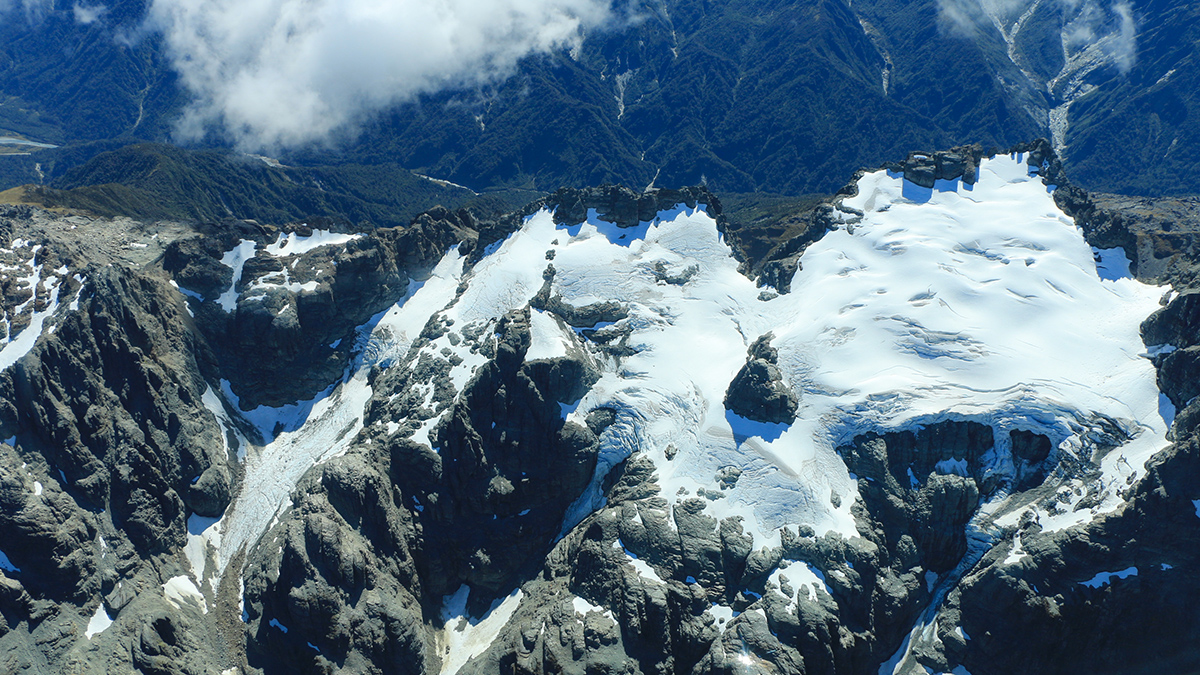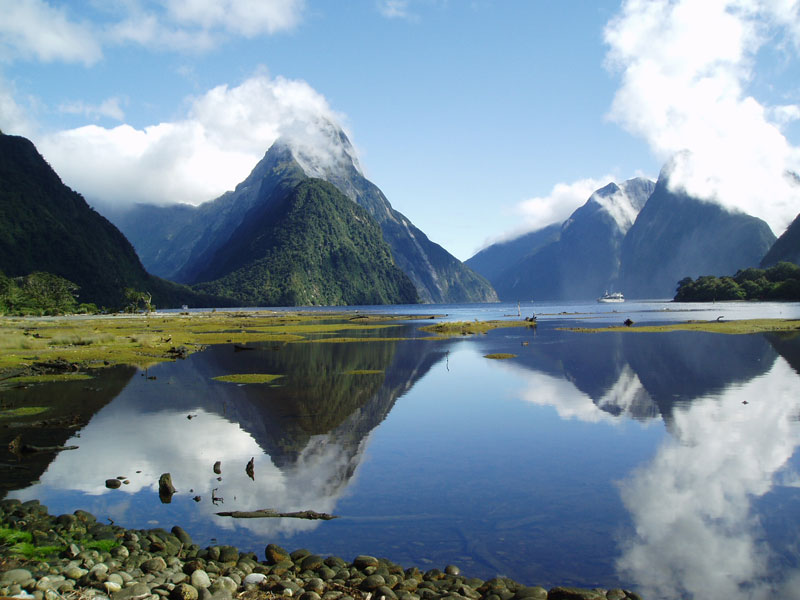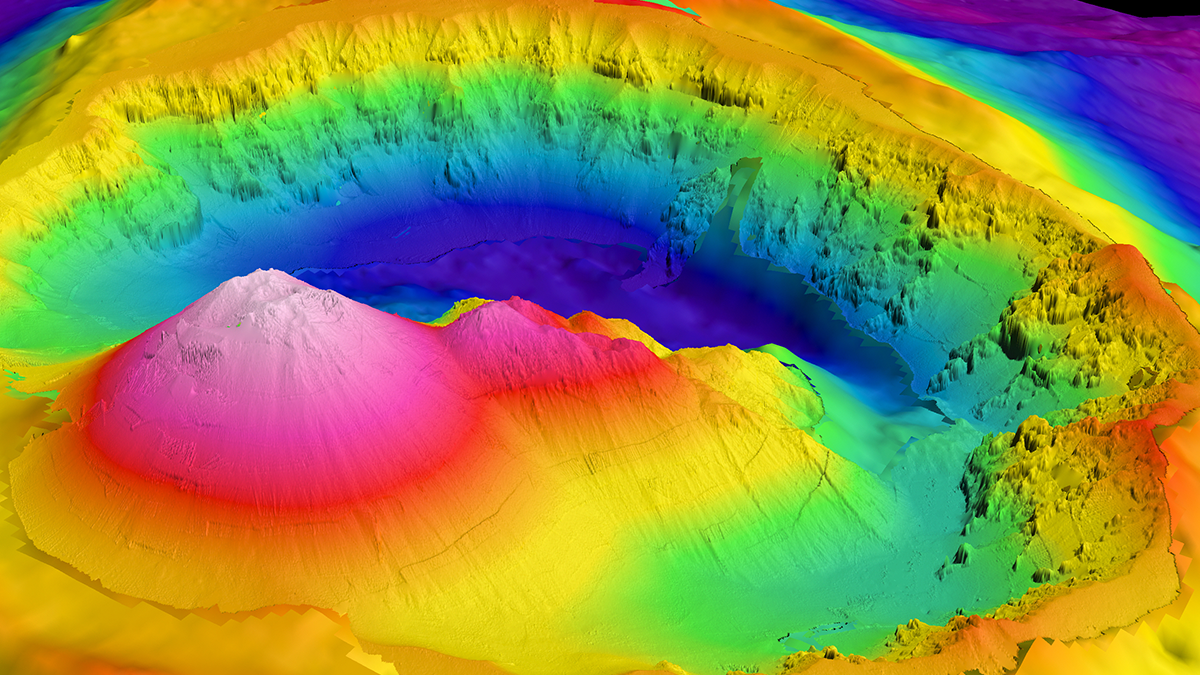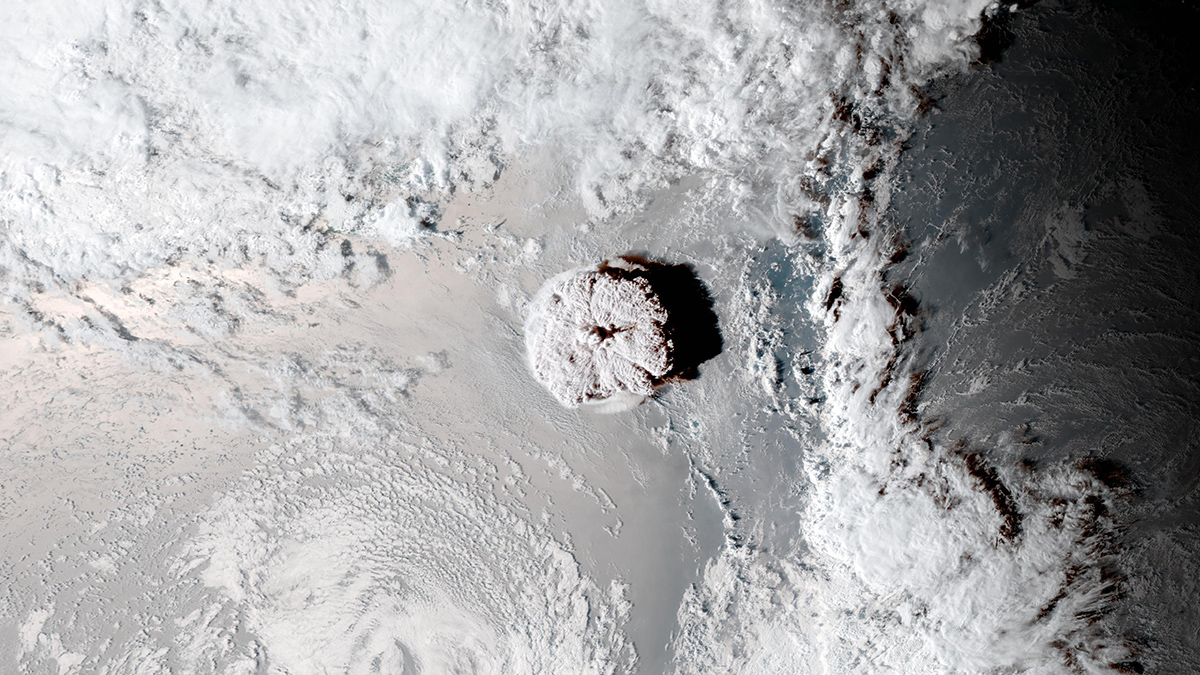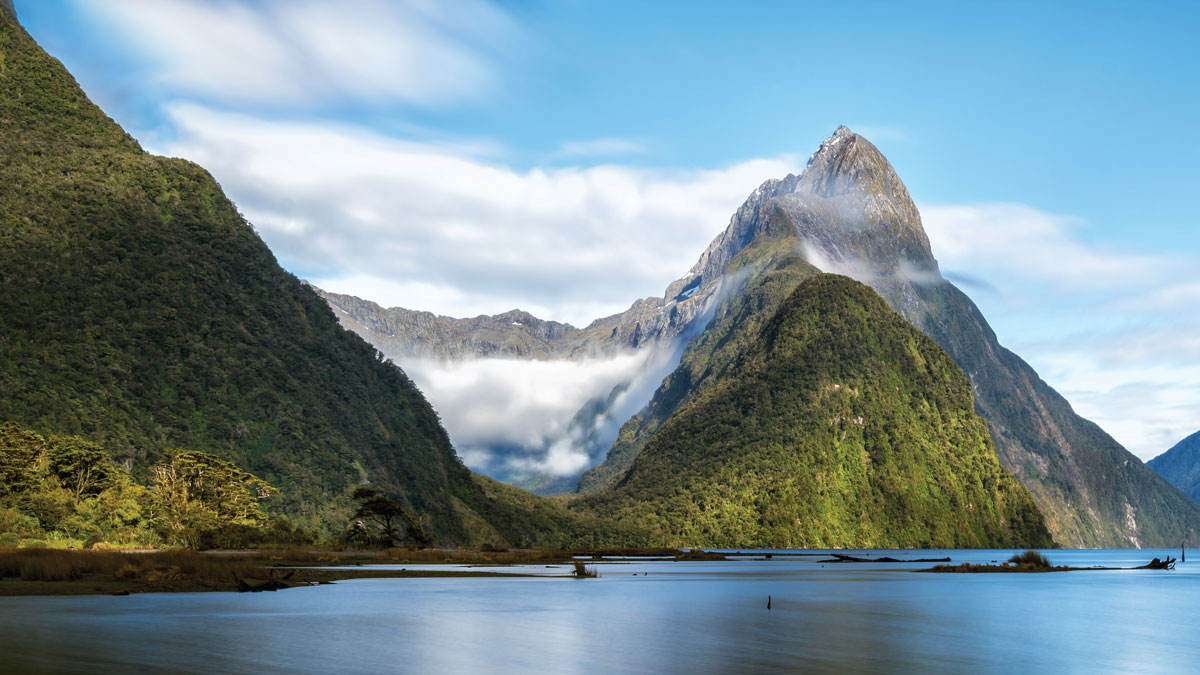An innovative analysis has identified 10 likely and 25 possible faults in the region.
New Zealand
Why the Southern Alps Turned Red During the Summer of 2019-2020
Snow on the Southern Alps turned from white to red in 2019-2020. New geochemical evidence points to the color change resulting from red Australian desert dust carried across the Tasman Sea.
First Global Comparison of Glacier Mass Change: They’re All Melting, and Fast
By systematically assessing data gathered by different methods, researchers refined estimates of global glacier melt and its contribution to sea level rise.
Flooding from Below: The Unseen Risks of Sea Level Rise
Researchers demonstrate a method for assessing how rising seas could raise groundwater levels, potentially transmitting flood hazards far inland.
Risk-to-life from a coseismic landslide-triggered tsunami in Piopiotahi/Milford Sound, Aotearoa/New Zealand
The Landslide Blog is written by Dave Petley, who is widely recognized as a world leader in the study and management of landslides. On 9 December 2019, a small phreatic eruption occurred on Whakaari/White Island in Aotearoa/New Zealand at a time when there were 47 people, most of whom were tourists, on the site. Tragically, […]
Imaging Magma from Afar
Reservoirs of magma and fluids in the crust create gravity anomalies detectable by altimetry, which can help find submarine volcanoes and provide key insights into their depth, shape and volume.
Here’s How the Hunga Tonga Eruption Sounded
New Zealanders’ experiences during the Hunga Volcano’s eruption match seismic monitoring data.
Sailing Spectators’ Sounds Could Harm Marine Creatures
Research delves into noise pollution caused by spectator boats at sailing events such as the America’s Cup.
Earth’s Eighth Continent
Our October issue digs deep into the rich Earth science in and around Aotearoa New Zealand.

